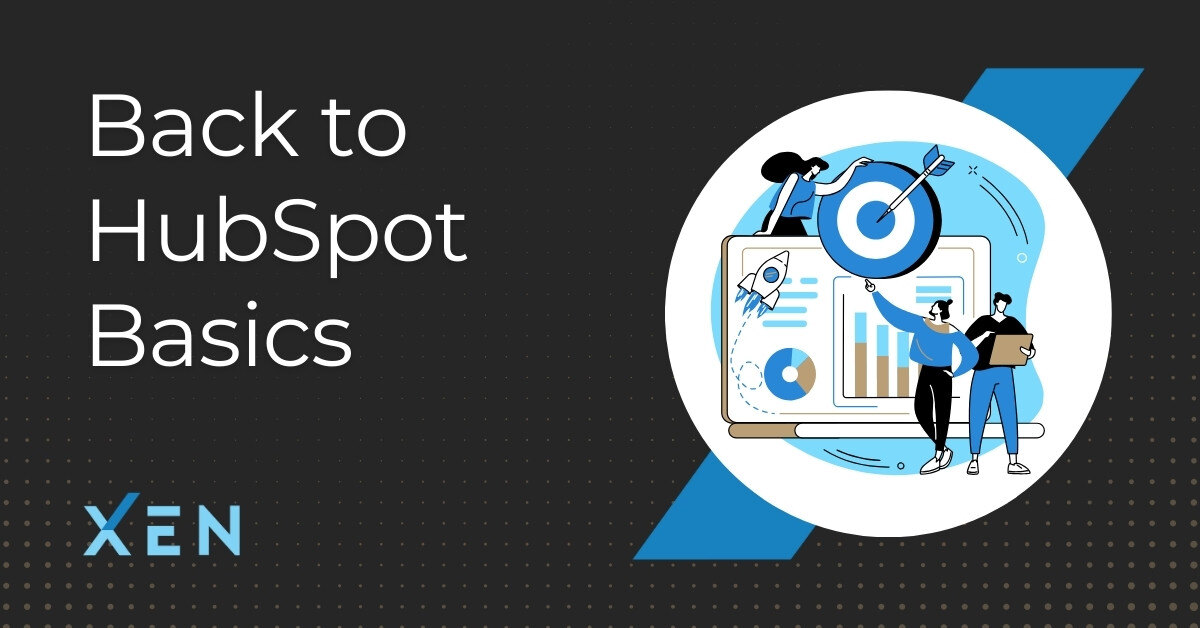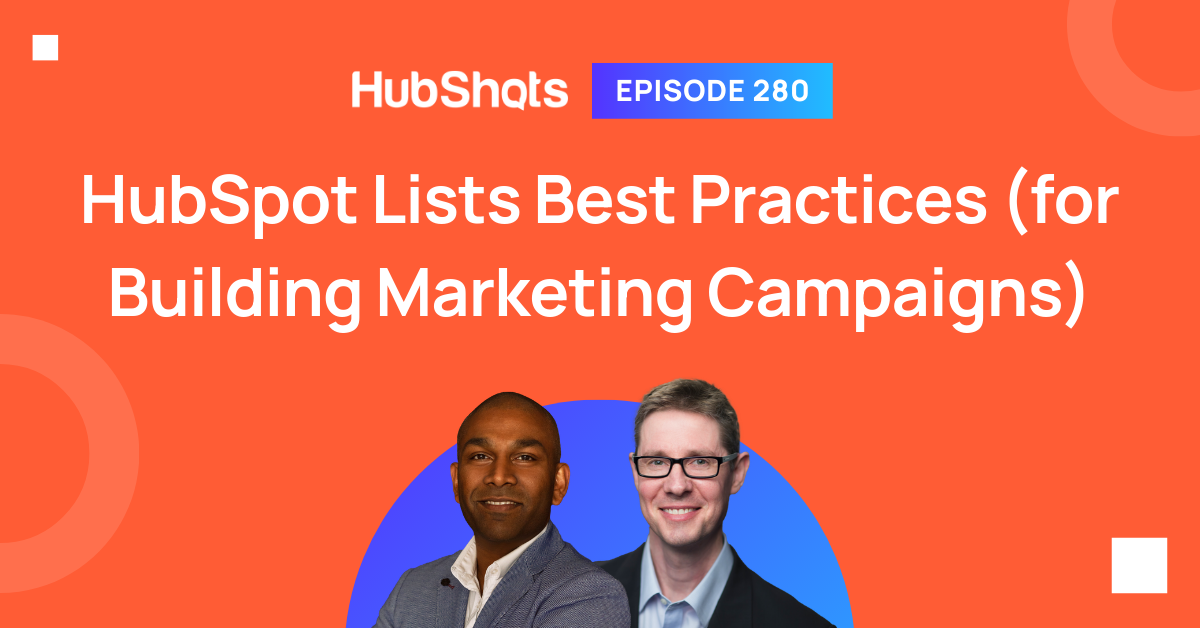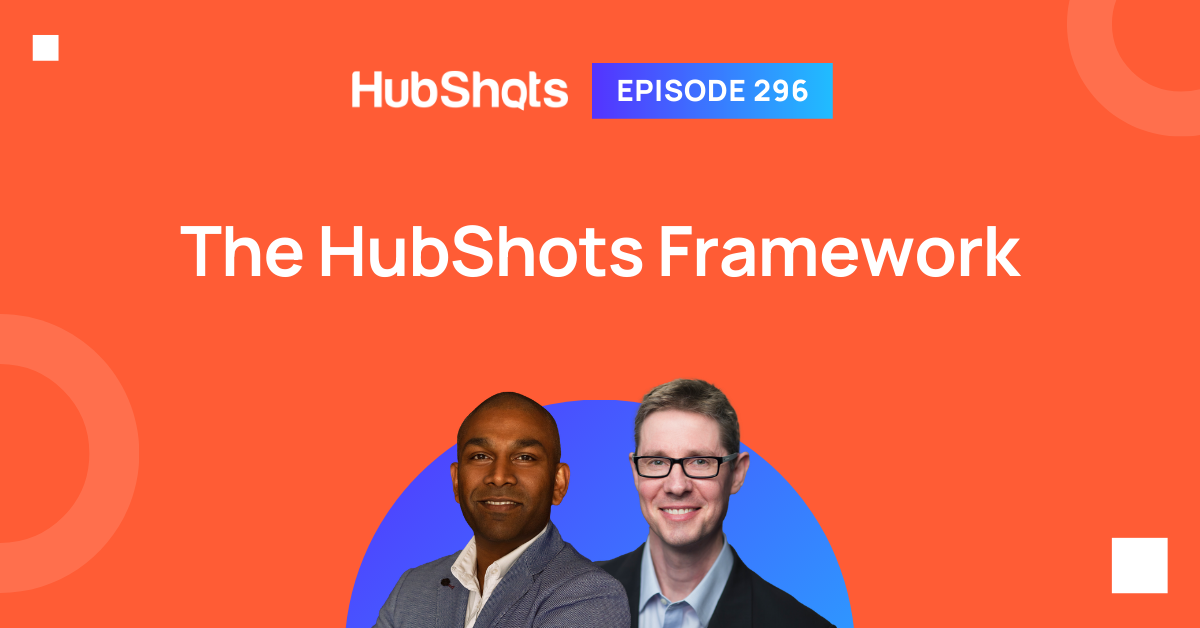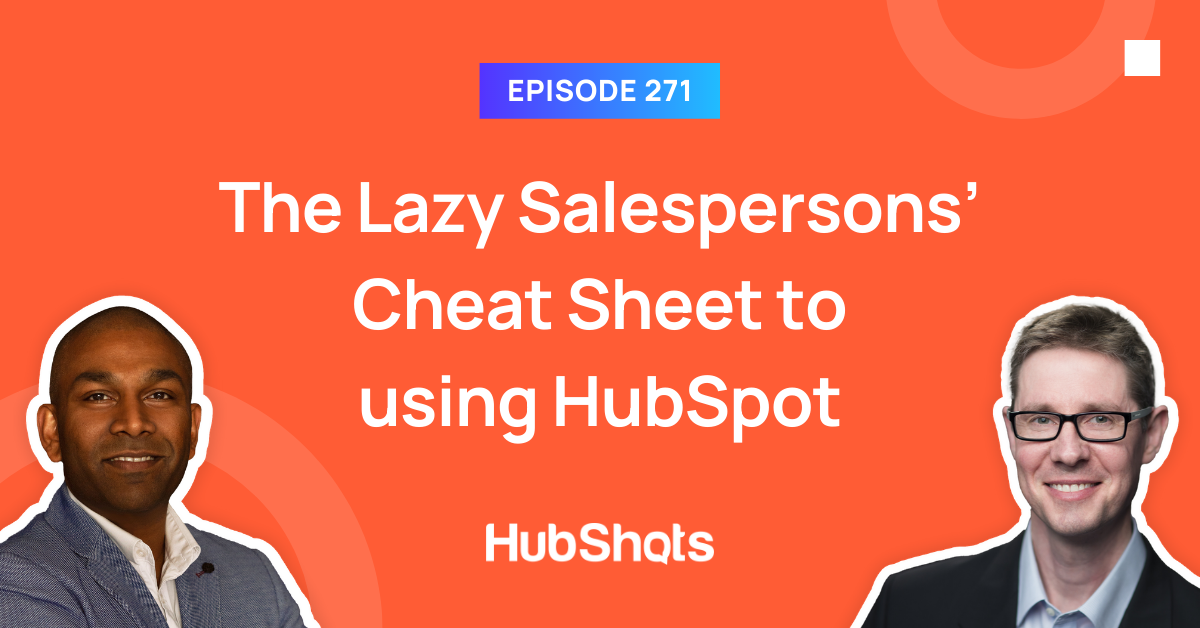Episode 280: HubSpot Lists Best Practices (for Building Marketing Campaigns)
Welcome to HubShots Episode 280: HubSpot Lists Best Practices (for Building Marketing Campaigns) The Ultimate Guide to using HubSpot Lists This...
If you're new to HubSpot, we guide you on where to start, how to do it right, and train you to make the most of the platform.
Review your HubSpot portal to uncover issues, spot growth opportunities, and ensure you're maximising its potential.
Unlock business growth with automation and attribution. Implement best practices and execute marketing campaigns.
HubSpot On-Demand
HubSpot Training
HubSpot Websites
HubSpot Campaigns
Virtual HubSpot Manager

Consider the following annualised generative AI revenue comparison:
People are spending more on AI advice than they are on the actual AI.
(Sure, there’s lots of other AI companies besides OpenAI. There’s also lots of other consulting companies.)
Thinking more broadly (not just AI), we’ve seen increased velocity of feature releases from HubSpot this year (admittedly many of them include AI).
And yet, when we review the HubSpot portals of prospects and new clients hardly any of them are using any of the new features (let alone the AI ones).
Not for lack of interest though. Recently, Ian Jacob (who I co-host HubShots with) ran a webinar with HubSpot, focussed on AI features. More than 1000 people registered and HubSpot said it was one of their most successful. There’s definitely plenty of interest. Or is it FOMO?

The reality is that most businesses struggle to get even the basics in place.
In our HubShots Framework we outline a maturity model for using HubSpot. Starting with the foundations, then moving to activity, automation and attribution.
Most conversations with new clients start with excitement and interest around the advanced areas - personalisation, smart content, A/B testing, automation, advanced reports, customer journeys, attribution, etc.
But when we dig into their business we find they rarely have the foundations in place.
You can’t build an automated sales activity report, if no-one is actually logging their sales activity…
And so we have to steer the conversation to the ‘boring basics’ if we want to do the best by our clients.
We all want fast cars, yet most of us can’t seem to get out of first gear…
Some days I wonder if we’d be better serving our market if we got rid of all our advanced consulting & implementation services and instead simply focused on the basics (see later for some key examples).

Always be learning about technology and its potential. But don’t skip the fundamentals.
As we start a new financial year, consider if now is a good time to resist the temptation of advanced shiny features and AI overpromise, and instead knuckle down and shore up the foundations.
Otherwise, how else will we be able to unlock the full potential of our business platforms?
(See later for common examples of simple basics that unlock advanced optimisation)
It’s worth highlighting a few of the common foundations we like to see in portals (let me know how many of these are familiar).
I’ve taken these from our default HubShots Framework doc - if you’re working with us currently you’ll have an individual one tailored for your business already.
Here’s a few Stage 1 and 2 foundation items, mapped to later Stage benefits.
![]()
Let’s flip some of the above around, and view through the problem lens.
![]()
Aside: I’ve been surprised to discover many HubSpot customers don’t realise you can run your entire website on HubSpot (they only know about landing pages and blog posts) - that on it’s own is often a big unlock (ie consolidate everything into HubSpot, reduce the number of separate systems, and improve overall attribution reporting).
BTW we have a whole guide on building HubSpot websites here.
Whether you start with the problem and work backwards, or follow the framework and start with the basics - it’s important you strive to increase your HubSpot usage ‘maturity’ and get the foundations in place.
Is this helpful? Let me know if you’d like to chat through further.

Welcome to HubShots Episode 280: HubSpot Lists Best Practices (for Building Marketing Campaigns) The Ultimate Guide to using HubSpot Lists This...

Welcome to HubShots Episode 296: The HubShots Framework

HubShots Episode 271: The Lazy Salespersons' Cheat Sheet to using HubSpot This edition we dive into: